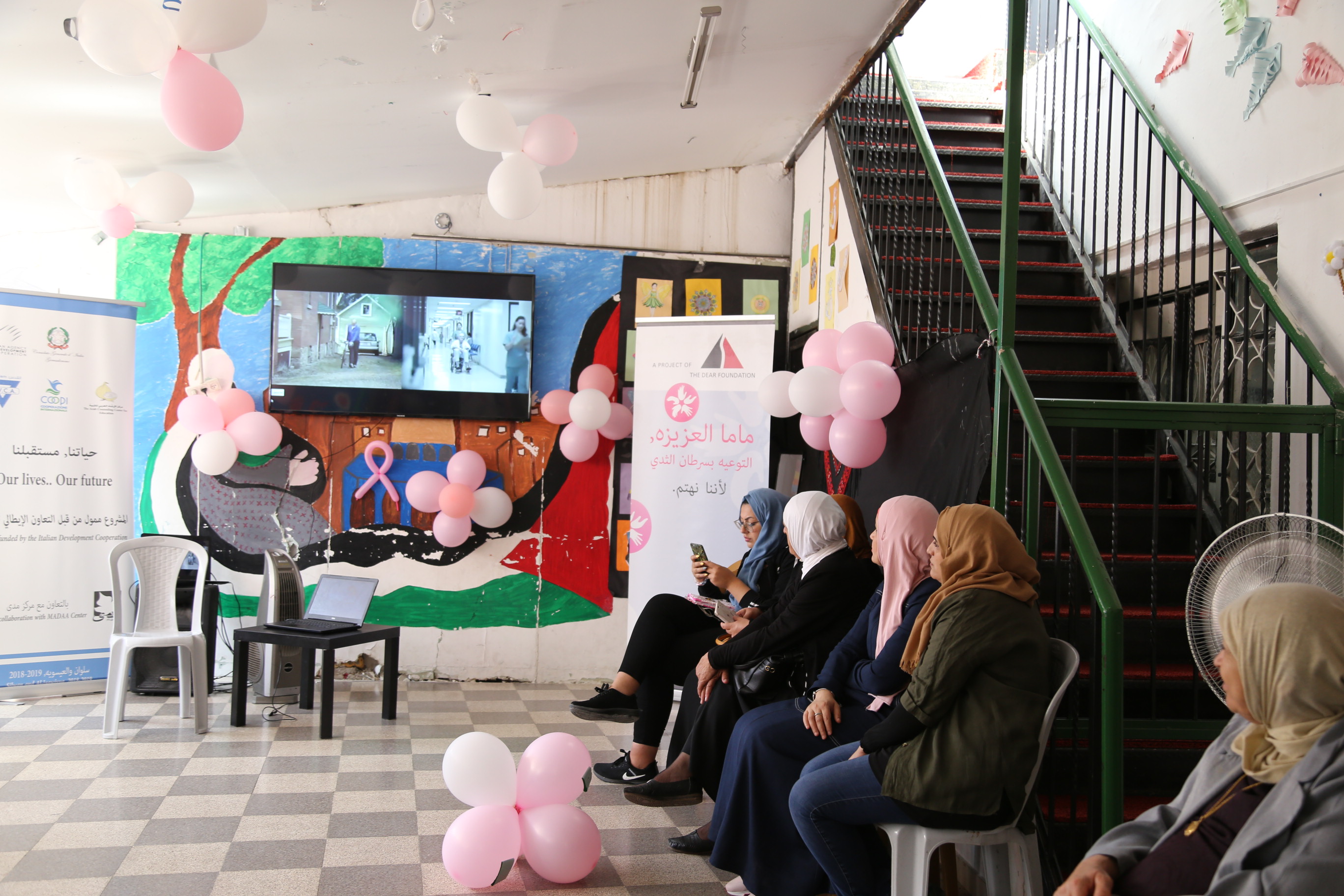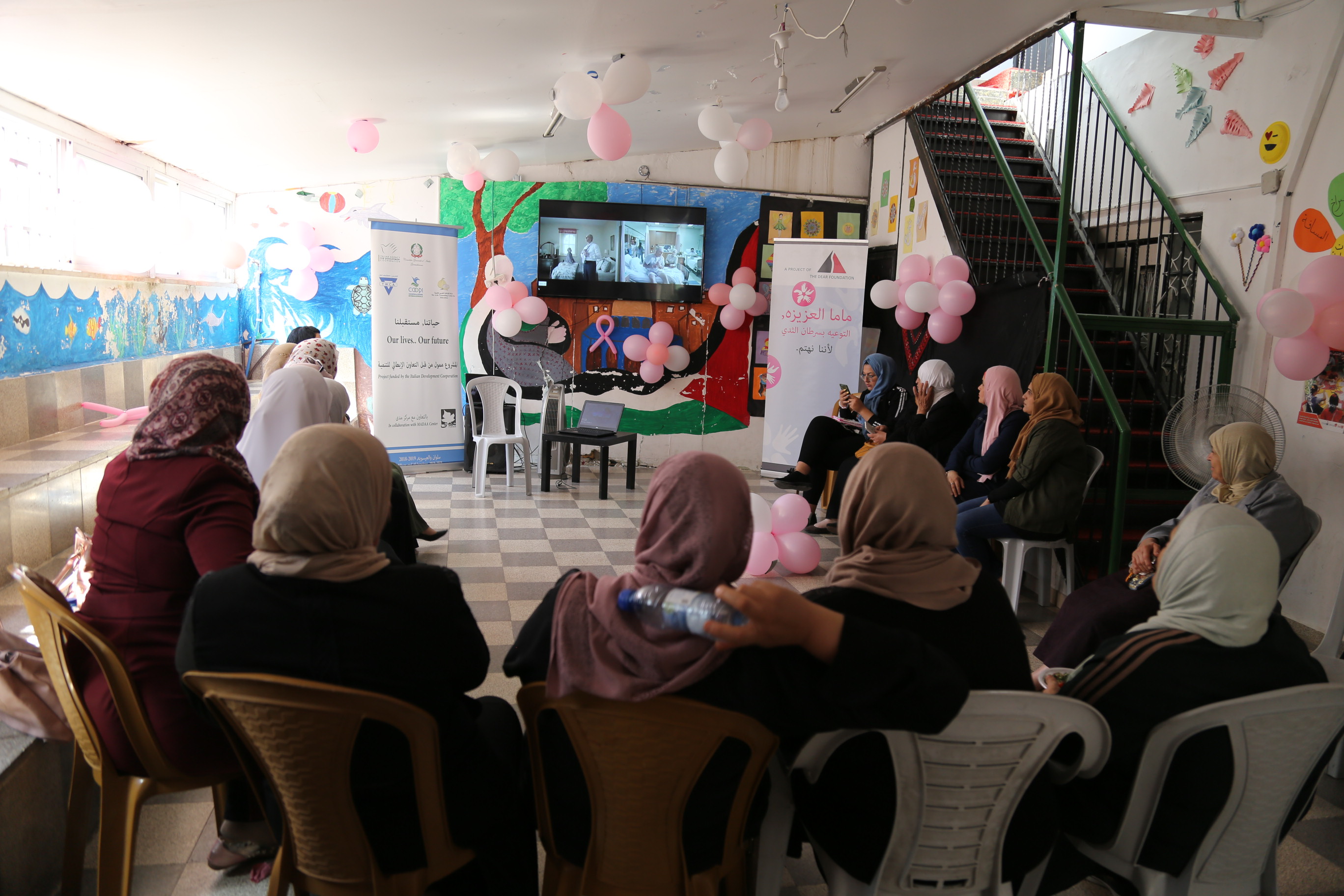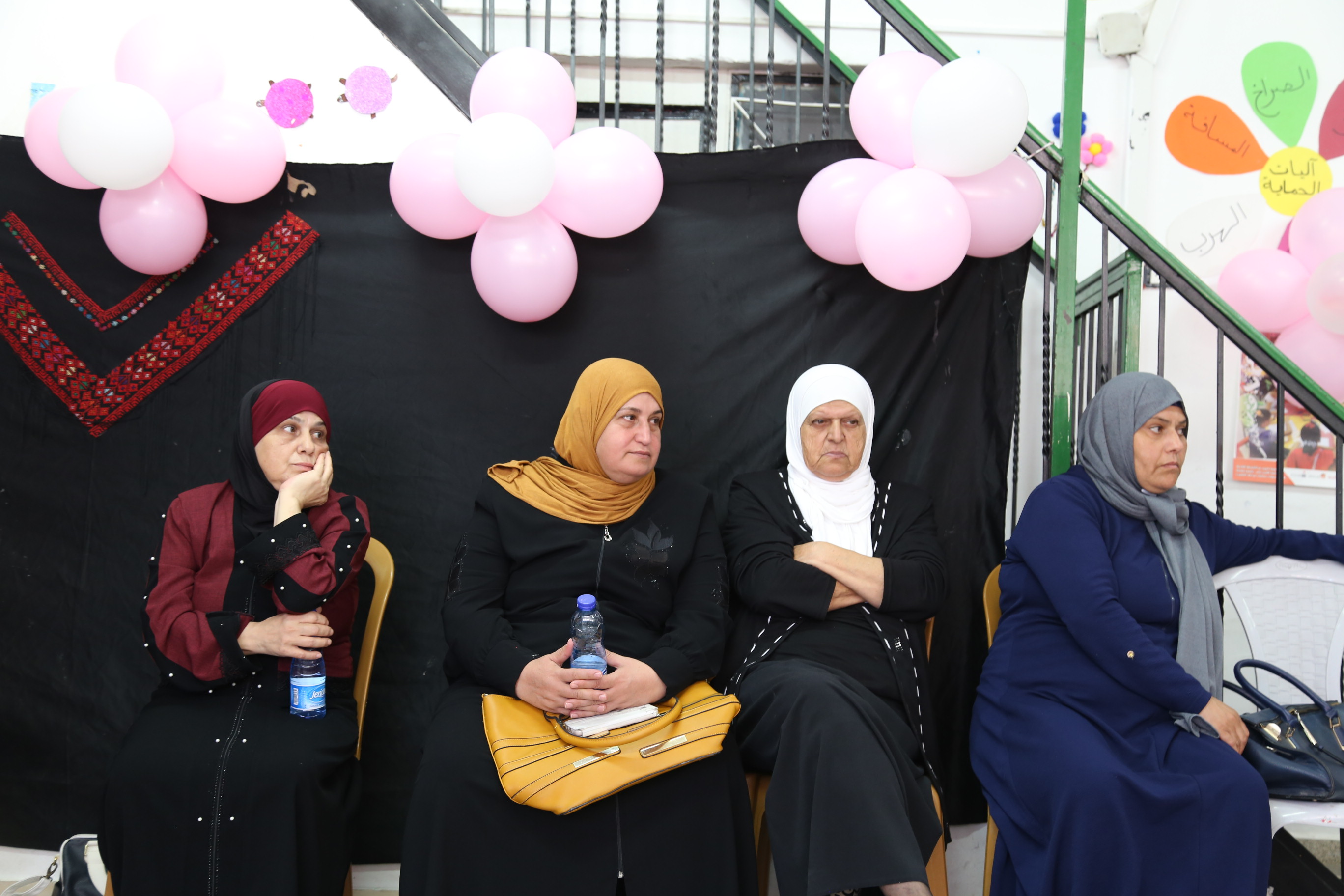Madaa Creative Center organizes _ cinematic presentations and a discussion session for eight cultural films, within the project “Let’s Watch a Movie”, in the presence of dozens of young men and women during the months of November and December of 2019.
The project seeks to activate the role of youth and participate in community issues and highlight the current Palestinian situation and matters related to youth, in addition to increasing the ability to express and develop the ability of mutual discussion and interaction by offering opinions and ideas.
The discussion sessions and the selection of films varied, so each film had a certain director, some of the attendants were touched by the movies and others shared their experiences while others expressed love and gratitude for the directors who presented the issues in this way and manner.
Some of them gathered their pain and sorrow which they felt they related to from the film and talked about them during the discussion. The youth had an important role, especially in films related to Jerusalem. Between friendliness and its opposition, and challenges and persistence, the center displayed eight films at its headquarters, including:
The movie “Black and White” which was about the story of a woman who dreamed of reaching a prominent athletic place, but could not, it also spoke about strong Palestinian sportswomen in the 1960s and 1970s.
Through the discussion, it became clear that there are some participants from the audience who have the spirit of challenge and persistence where they worked on transferring their dream to their children and encouraged their children to cling to their dreams and defend their opinion against society so that they can live this dream unlike their mothers.
As for the movie “Young Ladies and the Sea” which told a story about girls who won a trip to the sea, they went through many hard circumstances on their way, but they did not give up and they chose to be happy and proved their bravery. One of the nice reviews of a young man about the movie was: “My role in community participation is enhanced after watching this movie by telling my friends to carry with them their official documents “permits” in order to reach the trip and be able to enter the sea.”
“Whether you say yes or no” In the folds of the film lays a tale of persuasion. Convincing parents of dreams and of what their child wants to achieve without avoiding their opinions or trying to overlook them. The film shows a young girl with all her spontaneous love and energy who wants to convince her father, her love and passion for the art of dancing. The film gathered the interest of the young audience and activated their participation. They shared their dreams during the session, so one of them wants to become a doctor, another wants to become a guide, another want to be an actor, another a psychotherapist, and another who wishes to be a good father just like his father, and more. The film was a box that opens horizons for thinking among young people and their families, and allows them deep thinking within themselves about what a dream is.
“Jerusalem in Color” This film spoke about the paint brush of artist Nabil Anani, who painted life in Jerusalem in an impressive work of art. It carried three main axes: Jerusalem, freedom, and resistance. One of the girls commented on the film: “I too, when I finish school and go to university, will study fine arts and resist like the artist Nabil.”
“Paradise”: This film was a paradigm shift between the films where the film presented a societal issue that some people may overlook its importance especially for those of old age, which is the importance of learning other languages, especially the language of the place in which we live or will move to. This issue is important and touches our reality because many Palestinian families have been displaced and there are still many young men and women and families who leave their country and go abroad. Here, the film focused on the psychological effects and the difficulty of adapting for the elderly, something that many do not take into account.
“4 Songs for Palestine” The film tells a tale of a girl who lives in despair, sadness and frustration who only eats, drinks and takes care of her little child with features of death. The youth’s opinion on the film was that we continue our lives as Palestinians despite the pressures of life due to the occupation’s policy of arresting, killing, displacing, demolishing homes and other racist practices. Through the discussions made, the pattern of life lead by the girl was translated to the youth and their opinions were raised in contrast to this pattern. Their opinions expressed positive and motivating actions and behaviors to continue life whatever the circumstances are.
“Drying Rack” This satirical movie narrated part of the verbal sexual harassment dictionary a woman is exposed to, no matter what clothes she wears. In addition to the visual violation that exposes her no matter how much she covers up. So, the woman’s exposure to this harassment is not related to what she is wearing.
“At the Mall” This film recounts the suffering of girls in our societies, how they are subjected to harassment, and the suppression of women's freedom in the alleys and roads of the society in which we live in. The opinions of the audience poured into the pot of self-esteem and appreciation of women, giving her complete freedom and limiting the issue of harassment.
It is worth noting that the project “Yalla nshouf film!” (Let’s Watch a Movie!) is a cultural-community partnership project managed by the Women’s Cinema Screens Foundation in partnership with the “Association of Female University Graduates” and “Sunflower Association for Human and Environmental Protection” with main support from the European Union and backing support from the Swiss CFD and the Global Fund for Women”.









